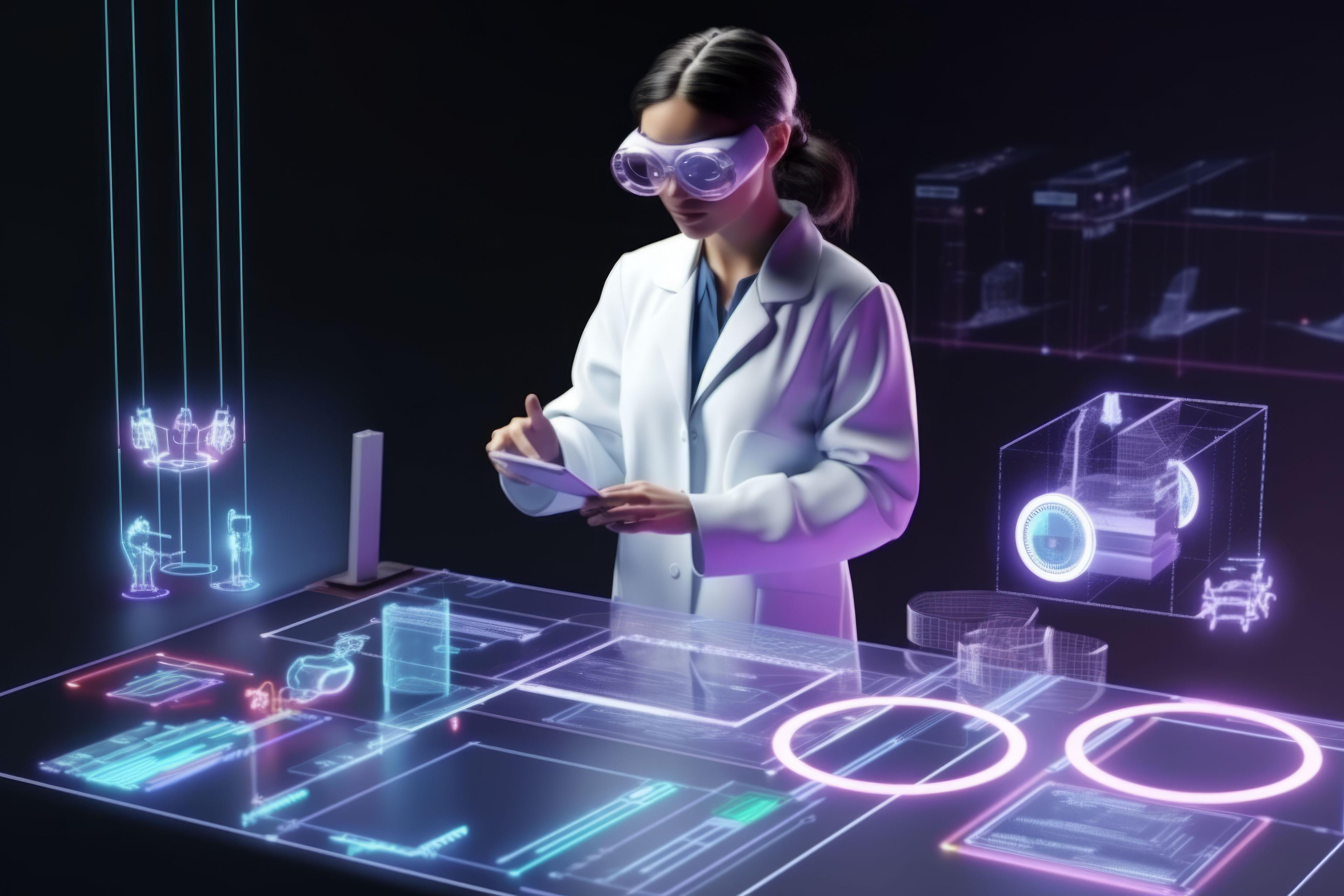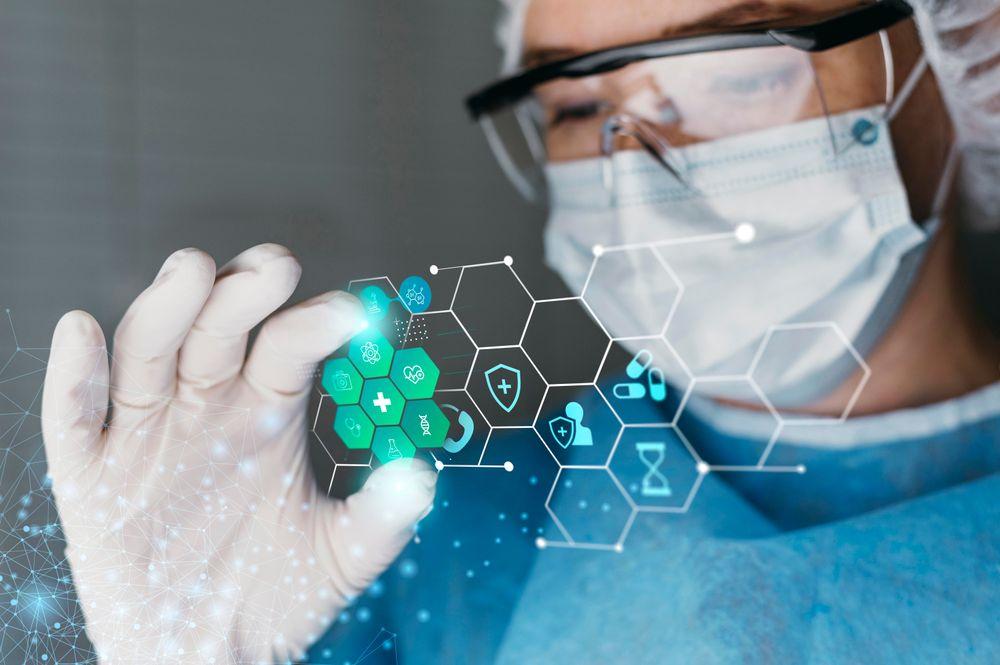
Imagine a world where your healthcare provider can monitor your vital signs in real-time, predict and prevent diseases before they manifest, and perform life-saving surgeries remotely from halfway around the globe, all without a single lag or disruption. With the advent of 6G technology slated for 2024, this vision is set to become reality, reshaping patient care through advanced Internet of Things (IoT) solutions. Our blog delves into the seismic shift poised to revolutionize the healthcare industry, offering astonishing insights and statistics on how high-speed, low-latency connections will unlock groundbreaking capabilities in telemedicine, advanced wearable devices, and remote surgeries. Explore how 6G promises to enhance patient outcomes, pave the way for personalized treatments, and transform the medical landscape. Join us as we navigate this exciting frontier, revealing the unprecedented potential of 6G technology to drive advancements that were previously unimaginable.
Imagine a world where your healthcare provider can monitor your vital signs in real-time, predict and prevent diseases before they manifest, and perform life-saving surgeries remotely from halfway around the globe all without a single lag or disruption. With the dawn of 6G technology slated for 2024, this vision is set to become reality, reshaping patient care through advanced Internet of Things (IoT) solutions. The healthcare industry is poised on the brink of a seismic shift, where high-speed, low-latency connections will unlock unprecedented capabilities for telemedicine, advanced wearable devices, and remote surgeries. But what does this mean for patient outcomes, and how will it transform the medical landscape as we know it?..In this blog, we delve into these pressing questions, exploring how 6G will revolutionize the healthcare sector. We will uncover astonishing statistics and insights, offering a glimpse into the future of personalized treatments and accurate diagnoses facilitated by instant data sharing. Join us as we navigate the groundbreaking potential of 6G in healthcare, and discover how this next-gen technology will drive advancements that were previously unimaginable.
The global healthcare landscape is on the verge of a revolution with the introduction of 6G technology. Imagine a world where healthcare providers are no longer limited by geographic constraints, where constant monitoring of patients transcends physical boundaries, and advanced medical procedures are performed remotely with precision. This hyper-connected future is rapidly approaching and is set to redefine the entire healthcare paradigm.
6G promises to transform healthcare with real-time patient monitoring through an advanced Internet of Things (IoT) ecosystem. Hospitals can utilize IoT devices like wearable health monitors and smart home systems to gather continuous patient data. Thanks to the ultra-fast, low-latency capabilities of 6G, this data can be analyzed instantly, enabling proactive healthcare management. Imagine a heart monitor detecting an irregularity in a patient and alerting medical professionals in real time, potentially preventing life-threatening events.
For example, a diabetic patient using a smart glucose monitor could track blood sugar levels, activity, diet, and sleep patterns. With 6G, this data would be transmitted instantly to healthcare providers, allowing for immediate, personalized care, greatly improving patient outcomes.
Telemedicine is another area that will benefit significantly from 6G technology. The COVID-19 pandemic highlighted the importance of remote consultations, but current platforms often suffer from bandwidth limitations and video quality issues. 6G promises to eliminate these problems, offering seamless, high-definition video consultations. With augmented reality (AR) and virtual reality (VR), a rural doctor could virtually collaborate with specialists in distant cities, offering patients advanced diagnostics and treatments without the need for travel.
The potential of 6G extends to remote surgeries as well. Surgeons, using robotic systems with haptic feedback, will be able to perform complex operations remotely, with near-zero latency. This eliminates the delay risks that currently hinder such procedures. A notable example is a 5G-enabled surgery where a surgeon successfully removed a liver tumor from over 1,900 miles away. 6G will make these life-saving procedures even safer and more accessible.
However, 6G’s integration into healthcare comes with challenges. Cybersecurity remains a major concern, as the interconnected nature of medical devices and patient data increases the risk of cyber-attacks. Healthcare organizations must prioritize advanced encryption, secure communication protocols, and real-time threat detection systems to protect sensitive patient information.
Additionally, there’s the issue of the digital divide. While 6G has the potential to revolutionize healthcare globally, equitable access to this technology is crucial. In many parts of the world, even 4G is not widely available. Investments in infrastructure and technology will be necessary to ensure that 6G-enabled healthcare benefits everyone, not just those in developed regions.
The integration of 6G with IoT will bring real-time patient monitoring to new heights. Currently, many healthcare facilities face limitations due to slower wireless networks, which can result in delayed data transmission. 6G will eliminate these bottlenecks, providing seamless, continuous data flow from wearable devices like heart rate monitors, smart insulin pumps, and connected pacemakers. This will allow doctors to monitor patients more effectively and intervene proactively.

Imagine a scenario where a patient’s heart monitor detects an irregular heartbeat in real time. Instead of waiting for periodic checkups, 6G will enable immediate alerts to healthcare professionals, allowing them to take prompt action. This proactive healthcare management could save countless lives by reducing the risk of heart attacks and strokes.

Telemedicine has become a lifeline for millions during the COVID-19 pandemic, but its current capabilities often fall short due to bandwidth limitations and lagging video quality. With 6G on the horizon, the future of remote consultations is set for a complete transformation. Imagine ultra-high-definition (UHD) video calls where healthcare providers not only interact seamlessly but also integrate augmented reality (AR) into the consultation process. This will allow doctors to overlay virtual models or medical information onto the screen, offering clearer explanations and enhancing patient understanding.
Virtual reality (VR) will also redefine telemedicine by creating immersive environments where specialists can engage with patients as though they were physically present. For rural and remote clinics, this is groundbreaking—allowing access to top-tier specialists regardless of geographical barriers. With the ultra-low latency of 6G, real-time diagnostics and treatments will become more accurate and accessible, creating a new standard for remote healthcare.

The concept of remote surgeries is evolving rapidly, and 6G is set to push this technology to its full potential. While 5G has already paved the way for remote operations, such as the successful removal of a tumor from over 1,900 miles away, 6G will bring unparalleled precision. The ultra-low latency of 6G networks will make remote surgeries safer and more efficient, removing concerns of delay-induced risks.
With haptic feedback and robotic surgical systems, surgeons will be able to perform intricate procedures with millisecond precision. Imagine a world where a specialist in one country performs life-saving surgery on a patient in another, with no delays or communication barriers. The enhanced safety and responsiveness will allow remote surgeries to become a routine part of healthcare, saving lives and bridging the gap between healthcare access in developed and developing regions.
As healthcare becomes more reliant on interconnected devices and vast amounts of data, cybersecurity becomes a pressing concern. With 6G amplifying data transmission speeds and volumes, ensuring that patient data remains secure is paramount. Healthcare providers will need to invest in advanced encryption technologies, secure communication protocols, and real-time threat detection to safeguard sensitive information.
At the same time, we must address the global digital divide. While urban centers may quickly adopt 6G technologies, rural and underserved regions often struggle with basic 4G connectivity. For 6G to revolutionize healthcare worldwide, governments and private enterprises need to invest in infrastructure development and make 6G access equitable. Partnerships and public initiatives will be essential to bridge this divide, ensuring that everyone, regardless of location, benefits from 6G-powered healthcare advancements.
The promise of 6G in healthcare is nothing short of transformative. Wearable devices, IoT technology, and AI-driven analytics will redefine how we monitor and manage health. Instead of reactive care, we will see a shift towards predictive healthcare, where conditions are addressed before they become critical. Imagine wearable devices that not only track your vitals but also predict potential health issues based on real-time data, preventing conditions like heart disease or diabetes before symptoms even appear.
Personalized medicine will be another breakthrough. By leveraging the data collected from IoT devices and combining it with advanced AI models, doctors will be able to craft treatment plans uniquely tailored to each patient. From cancer therapies customized to genetic profiles to predictive health models that recommend preventative measures, 6G will unlock new dimensions in patient care.
In conclusion, the integration of 6G into healthcare is poised to bring a new era of medical innovation. While challenges like cybersecurity and equitable access remain, the potential benefits—ranging from enhanced telemedicine to life-saving remote surgeries—are revolutionary. As these technologies evolve, they will not only improve patient outcomes but also transform healthcare into a proactive, data-driven industry focused on personalized and preventative care.

As we approach a new frontier powered by 6G technology, its potential to revolutionize healthcare is undeniable. Real-time monitoring, predictive disease prevention, and remote surgeries will soon become standard practice, thanks to seamless integration with advanced IoT systems. For healthcare providers, this means faster data sharing, enhanced telemedicine, and personalized treatments delivered through sophisticated wearables. Patients will benefit from real-time insights and proactive care that vastly improve health outcomes.
To fully realize these benefits, healthcare stakeholders must invest in resilient IoT infrastructures and foster cross-sector collaborations. As 6G pushes the boundaries of what’s possible in patient care, continuous innovation and strong cybersecurity measures will be essential. Ultimately, this technological leap will lead to a more connected and healthier world.
Contact Us today for a consultation. Together, we can tackle the challenges of RL and leverage its incredible potential for your business. Let us navigate the future of AI - together.

For further details on how your personal data will be processed and how your consent can be managed, refer to the Privacy Policy